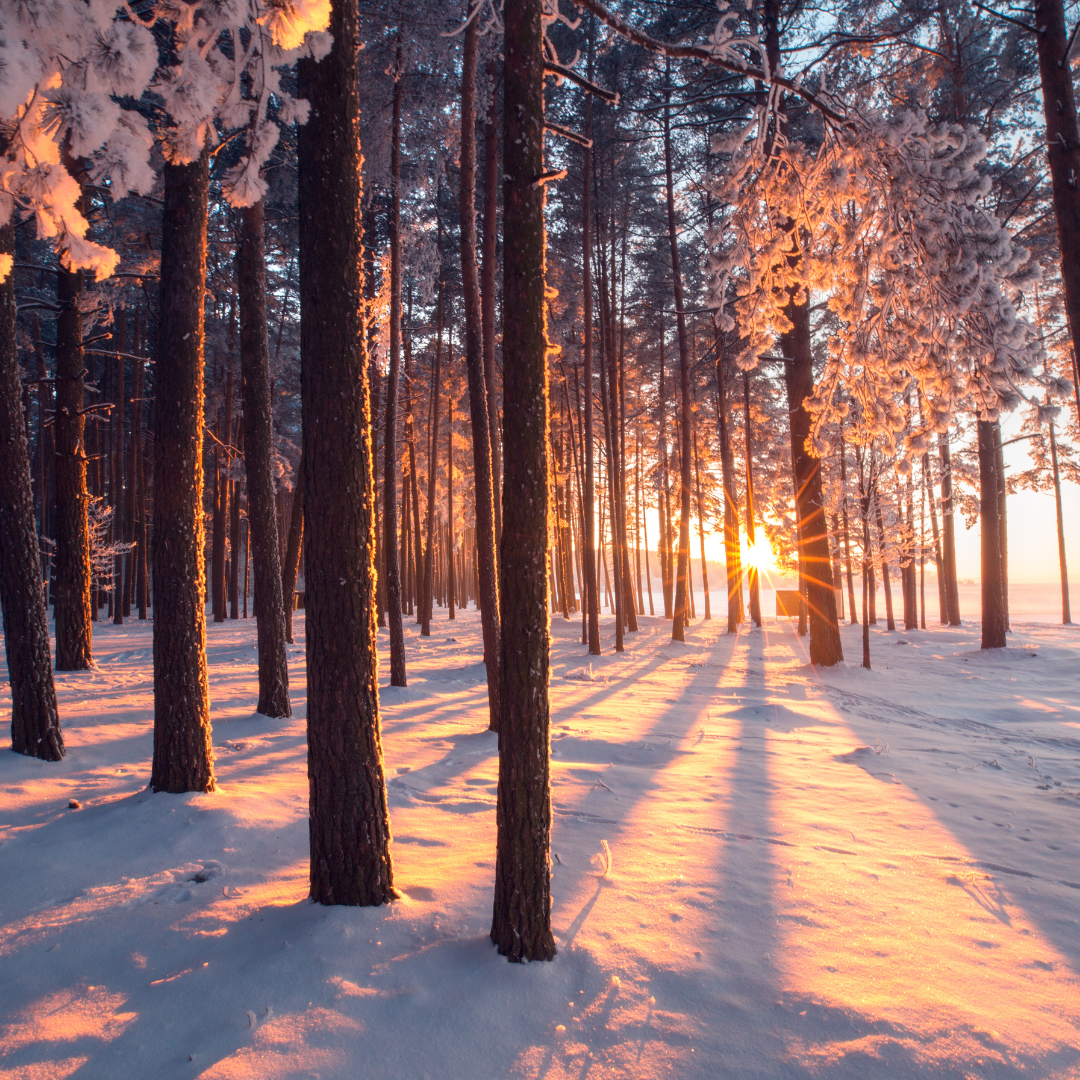

Winter is a season of stark beauty and unique photographic opportunities. The snow-covered landscapes, frozen lakes, and ethereal light make it a dream setting for photographers. However, the challenges that come with shooting in cold conditions—such as fluctuating exposure, reflections, and temperature impacts on gear—require specific techniques to master. Canadian Land Access Systems (CLAS) shares essential technical tips and tricks for capturing the magic of winter photography.
One of the biggest technical challenges in winter photography is handling exposure correctly. Snow can easily trick your camera’s meter into underexposing your shots, leading to images where the snow looks gray instead of white.
Snow often confuses auto white balance, resulting in a blue tint in your images. Here’s how to manage white balance effectively:
Getting the right balance of sharpness, depth of field, and motion can be tricky in winter. Here are some optimal settings to consider:
Achieving sharp focus in winter can be difficult, especially in bright snow that may overwhelm your camera’s autofocus system.
Snow-covered landscapes can sometimes appear flat in photos. Add depth by incorporating leading lines, such as tracks in the snow, winding rivers, or fences. Layers, like foreground trees or mountains in the distance, add a three-dimensional feel to your image.
Winter provides natural opportunities for high contrast. Look for bold subjects such as a lone tree, a brightly colored cabin, or an animal that stands out against the white snow. The stark contrast between these subjects and the surrounding snow can create powerful compositions.
Frost on a windowpane, delicate ice crystals on branches, or footprints in fresh snow can be just as compelling as sweeping landscapes. Switch to a macro lens or use the macro mode on your camera to highlight these intricate details.
Cold weather significantly reduces battery life. To ensure you don’t miss a shot:
Winter weather can be harsh on gear. Protect your camera with these tips:
The reflective nature of snow can lead to harsh glares. Using a polarizing filter can help reduce unwanted reflections and enhance the sky’s color for more vivid images. Be careful when using this filter in lower light conditions, as it may require you to adjust your exposure settings.
Editing is an essential part of winter photography. Adjustments to white balance, exposure, and contrast can help bring out the natural beauty of your images. Here are a few post-processing tips:
Winter photography comes with its own set of challenges and opportunities, rewarding those who are well-prepared. Mastering techniques for exposure, focus, and composition, along with effectively managing your equipment in cold weather, can help transform winter’s unique beauty into stunning photographs. Canadian Land Access Systems invites photographers to embrace winter’s allure by subscribing for only $9.99 a year. This subscription opens the door to thousands of picturesque winter properties, perfect for capturing the season’s serene and captivating landscapes. Start your winter photography journey today and explore breathtaking scenery that inspires your creativity.
Start here to register your property to eliminate phone calls and door knocking. Your land, your rules, your way.
CLICK HEREYour outdoor recreation adventure starts here. Find the right land to start your outdoor adventure.
CLICK HEREPower up your next hunting or fishing trip with hunting and fishing regulations available at your fingertips.
CLICK HERE






